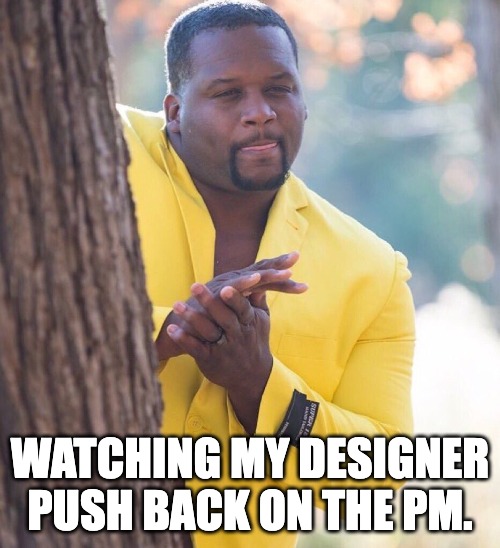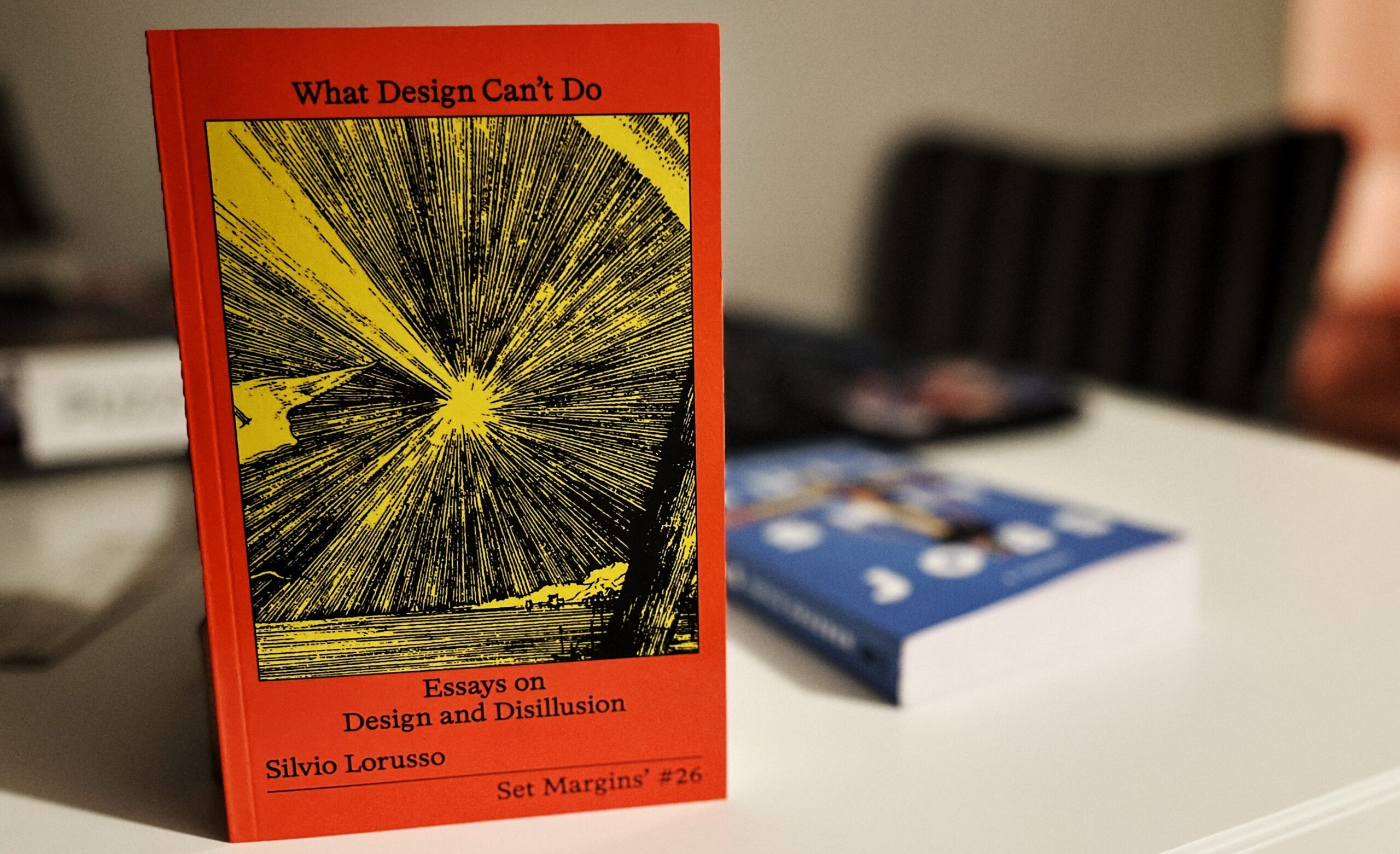Silvio Lorusso provides a stinging critique of the modern design profession in “What Design Can’t Do,” eloquently capturing the pulse of late stage capitalism design. It is effective mirroring many of my own views and complaints over the years which has been refreshing to read away from the toxic positivity that often characterizes design discourse. Silvio’s work is more than just a book; it is a reflection of the industry’s very soul, expressing the conflict and paradoxes that shape current design.
The book begins with a notion that immediately resonates: a sense of discontent in the design profession. As he puts it, “Disillusion is not merely a passive state of disappointment, but an active engagement with the unpleasant facts that the industry frequently glosses over.” This leads to many observations of the bipolar nature of design such as; craft versus futurism – which effectively underlines the field’s self-imposed dichotomies.
The inextricable link between design and capitalism might give you a hint of why we cannot have nice things anymore. Design, particularly in its everyday manifestation, is elaborately bound to capitalist processes, often reducing the designer to a mere maker (bricoleur). While reading these pages, I immediately thought about design systems, which, while operationalizing efficiency, can also lead to a rigid, almost mechanical approach to design, robbing it of its creative agency.

Memes against capitalism
Silvio’s use of memes to illustrate the daily professional contemplations of designers is both unique and realistic. It relates to my own thoughts on ‘design folklore‘ – the informal, sometimes disregarded narratives that exist on the outskirts and hallways of design conferences and keynotes. These memes reflect the collective awareness of designers, and are frequently more honest and insightful than formal discourse.
There’s a good connection between this folkloric asset of design and the concept of pluriverse. This connection highlights the disconnect with the dominant universalist (Eurocentric/US-centric) stance in design thinking that often excludes the recognition of varied, independent pockets of design practice (othering).
Silvio circles to the topic of duality in design throughout the book, contrasting the ordinary, 9-to-5 designer of our everyday designer self, with the archetypal, transformative designer of the keynote speaker. The design hero. This dualism reflects the power dynamics at work, in which design is frequently used as a tool for business rather than as a collaborator in innovation. Designers are left then talking about ‘the seat at the table,’ a metaphor for the design industry’s continual quest (and failure) for recognition and influence.
Silvio asks significant questions about the future of design. The book does not provide clear solutions, but it does provide an opportunity, a head start, for critical thought. It recognizes the current liminal position in which design finds itself. And sometimes it’s ok to not come up with a solution.

Conclusion
“What Design Can’t Do” is a must-read for everyone working in the design field. It’s a wake-up call for designers to reconsider their role in a fast changing environment. Silvio’s criticism is harsh, yet it allows for contemplation and optimism. The book provides a better understanding of the challenges and paradoxes that characterize design as a profession. While the book does an excellent job of dissecting the problems within design, a section on the positive aspects of design might have provided a much needed gasp for hope. Alas, I understand why this specific book was not the space for that.
What Design Can’t Do serves as a reminder that design, as an industry and a practice, is at a crossroads (as always?), and how design will transform in the future, relies on our own narratives.
For the past 18 years, I have been working with product/service companies and startups, both in early and high-growth stages. I am a co-founder at Joint Frontiers, and a co-host of ‘Human, the designer’. Additionally, I am a community organizer at DesignOps Helsinki & IxDA Helsinki, as well as an alumnus organizer of Joint Futures, UXHel, DSCONF, & Junction Hackathon. In my free time, I enjoy making music, taking long walks, and playing computer games.

